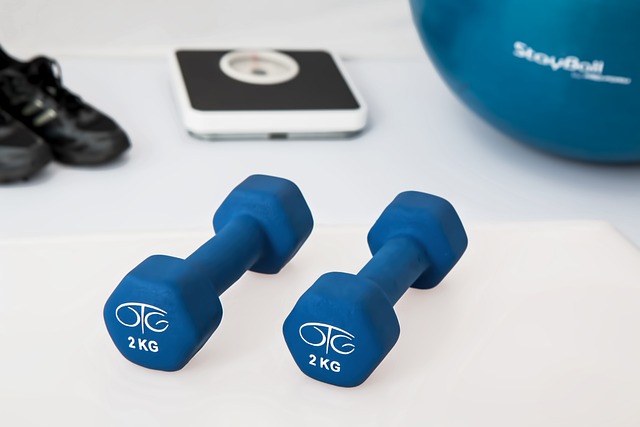When it comes to working out, there are countless options for targeting specific muscle groups or areas of the body. However, sometimes you may want a more efficient and all-encompassing workout; that’s where full body workouts come in.
What is a Full Body Workout?
As the name suggests, a full body workout is a training session that targets all major muscle groups in the body, from head to toe. This includes muscles in your arms, chest, back, shoulders, abs, glutes, and legs. By working on multiple muscle groups during one workout session, you can save time and achieve a well-rounded fitness routine.
Benefits of Full Body Workouts
There are many benefits to incorporating full body workouts into your fitness routine. Some of these include:
Time efficiency: By targeting multiple muscle groups in one session, you can save time and still get a comprehensive workout.
- Muscle balance: Full body workouts promote muscle balance by working on all major muscle groups, which can help prevent injuries and imbalances.
- Improved overall strength: As you work on different muscle groups, your overall strength and endurance will improve.
- Increased calorie burn: Since full body workouts involve working on multiple muscle groups, they can help you burn more calories compared to targeting just one muscle group.
How to Do a Full Body Workout
So, how do you create and perform a full body workout? Here are some steps to get you started:
- Warm Up: Before starting any workout, it’s essential to warm up your body. This can include a light jog, jumping jacks, or dynamic stretching.
- Choose Your Exercises: Pick 5-8 exercises that target different muscle groups and make sure to include both upper and lower body exercises. Some examples of full body exercises include squats, push-ups, lunges, and shoulder presses. If you are living in Knaphill and seeking a personal trainer, you can search on Google for ‘personal trainer in Knaphill‘. You will find a list of many top personal trainers.
- Decide on the Number of Sets and Repetitions: This will depend on your fitness level, but a good starting point is 3 sets with 12–15 repetitions for each exercise.
- Perform the Exercises: Start with one exercise and perform all the recommended sets and reps before moving on to the next exercise. Make sure to rest for 30–60 seconds in between each set.
- Cool Down: After completing all the exercises, take some time to cool down and stretch out your muscles.
Tips for a Successful Full Body Workout - Focus on proper form: It’s crucial to maintain proper form while performing each exercise to avoid injuries and get the most out of your workout.
- Increase weight gradually: As your strength and endurance improve, you can gradually increase the weight or resistance of your exercises to continue challenging your muscles.
- Mix it up: Don’t stick to the same routine every time. Mix up your exercises and try new ones to avoid boredom and keep your body guessing.
- Take rest days: Just like any other workout routine, full body workouts require rest days to allow your muscles to recover and grow. Aim for at least one or two rest days per week.
Conclusion
Full body workouts are an excellent option for those looking for an efficient, well-rounded workout routine. With proper planning and execution, you can target all major muscle groups and achieve your fitness goals in no time. Remember to listen to your body and make adjustments as needed while also challenging yourself to continue growing stronger.
So, go ahead and give a full body workout a try; your body will thank you! So whether you’re a beginner or an experienced fitness enthusiast, add full body workouts to your routine for maximum results. Keep challenging yourself and enjoying the numerous benefits of a full body workout.

